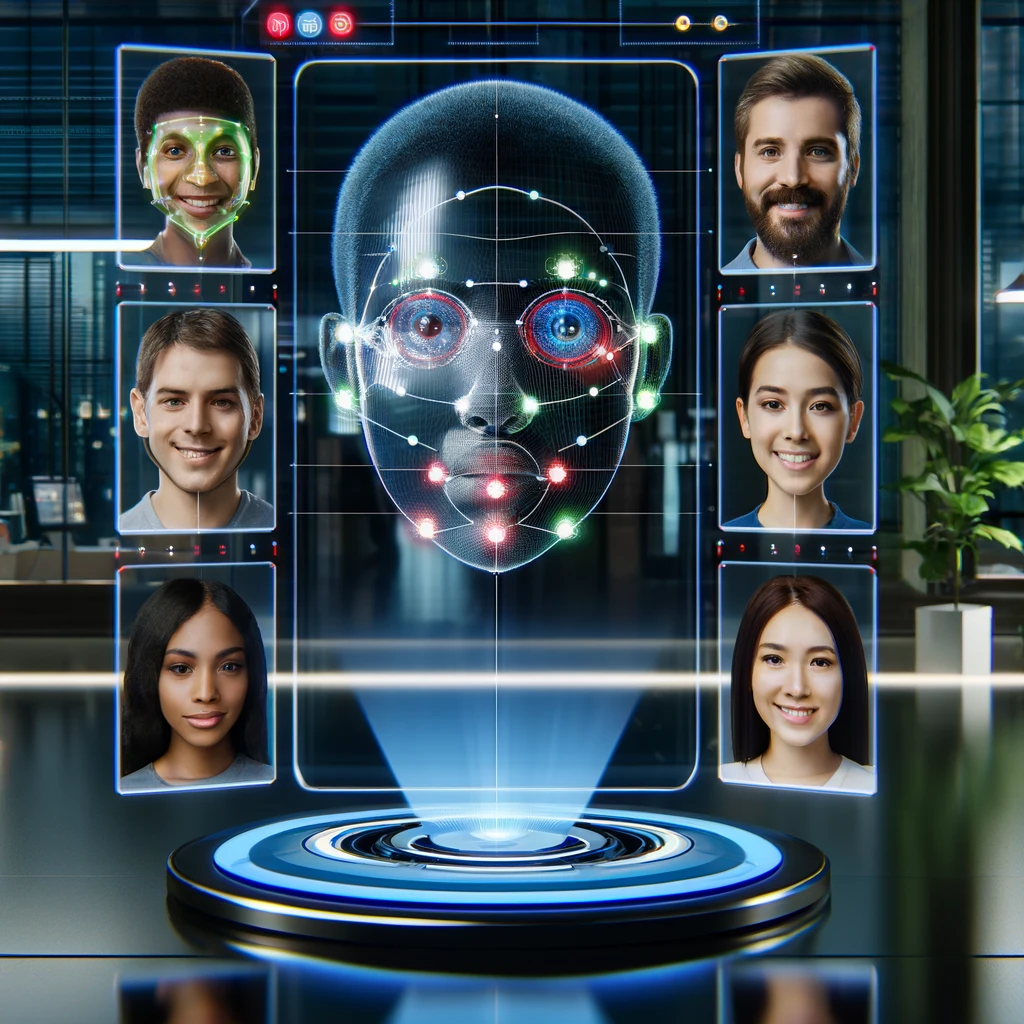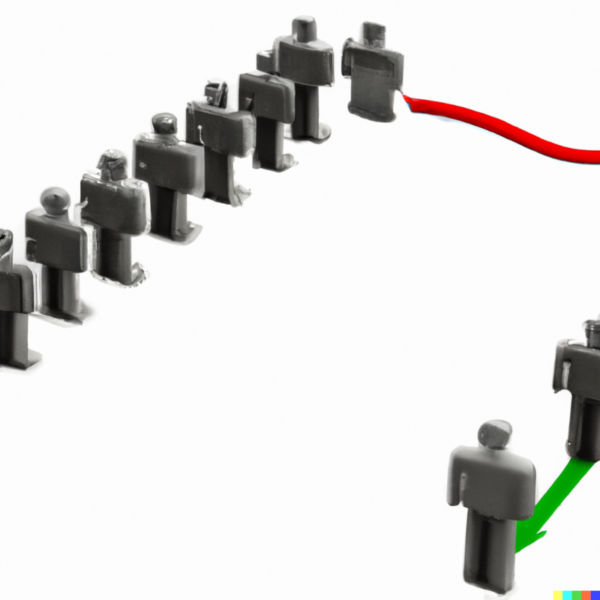Artificial intelligence (AI) has the potential to revolutionize the world, but it can also be used unethically. There are several potential negative consequences of unethical AI use. They include biases and discrimination, violations of privacy and human rights, and unintended harm. Let’s discover why it is crucial to focus on ethical AI use!
Main ethical AI concern: bias and discrimination
One of the major concerns with AI is bias and discrimination. AI systems are only as unbiased as the data they are trained on, and if the data contains inherent biases, these biases will be reflected in the AI system’s decisions. For example, an AI system used by a hiring company may discriminate against certain job candidates based on their gender, race, or ethnicity. And simply because the data used to train the system contained biased patterns. This can perpetuate existing societal inequalities and harm marginalized groups.
Violation of privacy and human rights
Another concern is the violation of privacy and human rights. AI can be used to gather and process vast amounts of personal data, often without individuals’ consent or knowledge. This can lead to privacy violations and the misuse of sensitive information. For example, governments and law enforcement agencies can use facial recognition technology to identify and track individuals without their consent. And this can infringe on individuals’ right to privacy and freedom of movement.
Another potential problem: uninteded harm
Unintended harm is also a potential consequence of unethical AI use. This can occur when AI systems are not designed or tested properly, leading to unintended consequences that can harm individuals or society as a whole. For example, an AI system used in a medical setting that makes incorrect diagnoses or treatment recommendations can harm patients. And put their lives at risk.
Examples of non ethical AI use
Real-world examples of unethical AI use include Amazon’s gender-biased recruiting algorithm. It was found to prefer male candidates over female ones. Another example is facial recognition technology that has been shown to be less accurate for people with darker skin tones. These examples demonstrate the potential harm that can be caused by unethical AI use. And they highlight the need for greater attention to ethical considerations in AI development.
Ethical AI to prevent negative outcomes
To prevent these negative outcomes, AI developers and users must prioritize ethical considerations throughout the entire AI lifecycle, from design and development to deployment and use. This includes ensuring that the data used to train AI systems is diverse and representative, testing AI systems for bias and discrimination, and respecting individuals’ privacy and human rights.
As AI technology is still developing and has limitations, it is important to involve human judgment in decision-making processes. This can help ensure that ethical considerations are taken into account. And can prevent AI from making decisions that may be biased or harmful. This is especially important when it comes to decisions that could have significant impacts on individuals or society as a whole, such as medical diagnoses or criminal justice decisions. By having humans in the loop, we can help ensure that AI is used in a responsible and ethical way.
Ethical AI company: MorphCast
It’s good to know that MorphCast, as an Emotion AI provider, has a client-side processing AI engine architecture that allows the company to have control over the use of its Emotion AI. This can help ensure that it is used responsibly and in accordance with the company ethical code and guidelines.
By having this level of control, MorphCast can help prevent the negative consequences of unethical AI use. For example, it can prevent biases and discrimination, violations of privacy and human rights, and unintended harm. It also enables MorphCast to ensure that its Emotion AI is used in a way that aligns with its values and mission.
To sum up!
Now in 2023 it is more important than ever for AI developers and providers to prioritize ethical considerations in their work. And ensure that their AI technology is used in a responsible and ethical way. By doing so, we can help unlock the full potential of AI while minimizing the risks and negative consequences associated with its use.
Get MorphCast Emotion AI SDK now and try it for free, no credit card required.
Upon successful verification of your email, we will promptly dispatch a MorphCast license key to you




